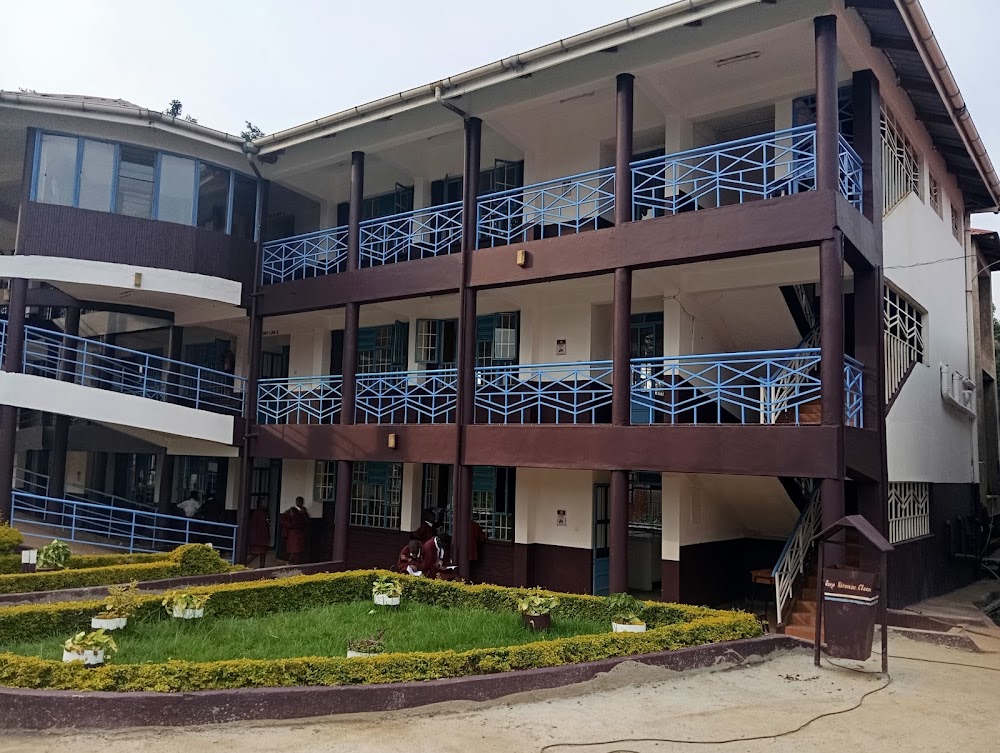Rwamagana Genocide Memorial (Urufatiro rwa Jenoside Rwamagana)
Overview
Rwamagana Genocide Memorial Centre, situated in the heart of Rwamagana, Rwanda, serves as a profound testament to the tragic events of the 1994 genocide. This solemn site not only honors the lives lost but also offers a sanctuary for reflection, education, and healing.
In the aftermath of the genocide, local community members recognized the urgent need to commemorate the victims and preserve their memories. This grassroots initiative led to the creation of the memorial in an area marked by significant atrocities. The Rwamagana Genocide Memorial Centre stands as a powerful symbol of unity, built through the collaborative efforts of survivors, local authorities, and international donors.
Construction of the memorial commenced in the late 1990s, strategically selecting a site that would serve as an eternal resting place for many victims. The initial phase involved the painstaking process of exhuming bodies from mass graves and relocating them to a dignified burial site. This emotional journey was essential for survivors and their families, granting the victims the respect they rightfully deserved.
The design of the memorial is thoughtfully crafted to evoke contemplation and solemnity. At its heart lies a series of mass graves, each covered with large, flat stones and adorned with plaques detailing the names of known victims. This serves not only as a grave marker but also as a lasting tribute to the lives that were tragically cut short.
Surrounding the mass graves, beautifully manicured gardens create an environment conducive to reflection and peace. Strategically placed benches invite visitors to sit, contemplate, and connect with the poignant history encapsulated within the memorial.
A key feature of the memorial is the education center, which is both simple and powerful. Within its walls, exhibits illuminate the history of the genocide through photographs, personal stories, and historical artifacts. This center serves a crucial role in educating younger generations about the events of 1994, ensuring that such atrocities are neither forgotten nor repeated. Local school groups and community members frequently utilize this space for meaningful dialogue about tolerance and reconciliation.
Another significant aspect of the memorial is the Wall of Names, where the names of victims are inscribed for all to see. Many visitors find solace here, tracing the names of loved ones with their fingers and whispering silent prayers. This wall stands as a poignant reminder of the lives lost, keeping their memories alive in the hearts of both the local community and visitors from around the globe.
Each April, during Rwanda's national genocide remembrance period, the Rwamagana Genocide Memorial Centre becomes a focal point for annual commemorative events. Survivors, families of victims, government officials, and community members gather in an act of collective mourning and remembrance. Wreaths are laid, candles are lit, and heartfelt speeches honor the memory of those who perished while promoting the ongoing journey of national healing and unity.
The memorial's upkeep and expansion have benefitted from significant financial and logistical support from international organizations, foreign governments, and private donors. Meanwhile, local communities demonstrate remarkable resilience and dedication in maintaining the site, ensuring it remains a dignified tribute to their loved ones.
Today, the Rwamagana Genocide Memorial Centre stands not only as a place of mourning but also as a beacon of resilience and hope. It serves as a powerful educational resource and symbolizes Rwanda's ongoing journey toward healing and reconciliation. As visitors walk through this poignant memorial, they are reminded not only of humanity's capacity for cruelty but also of the indomitable strength of the human spirit to rebuild and aspire for a brighter future.





